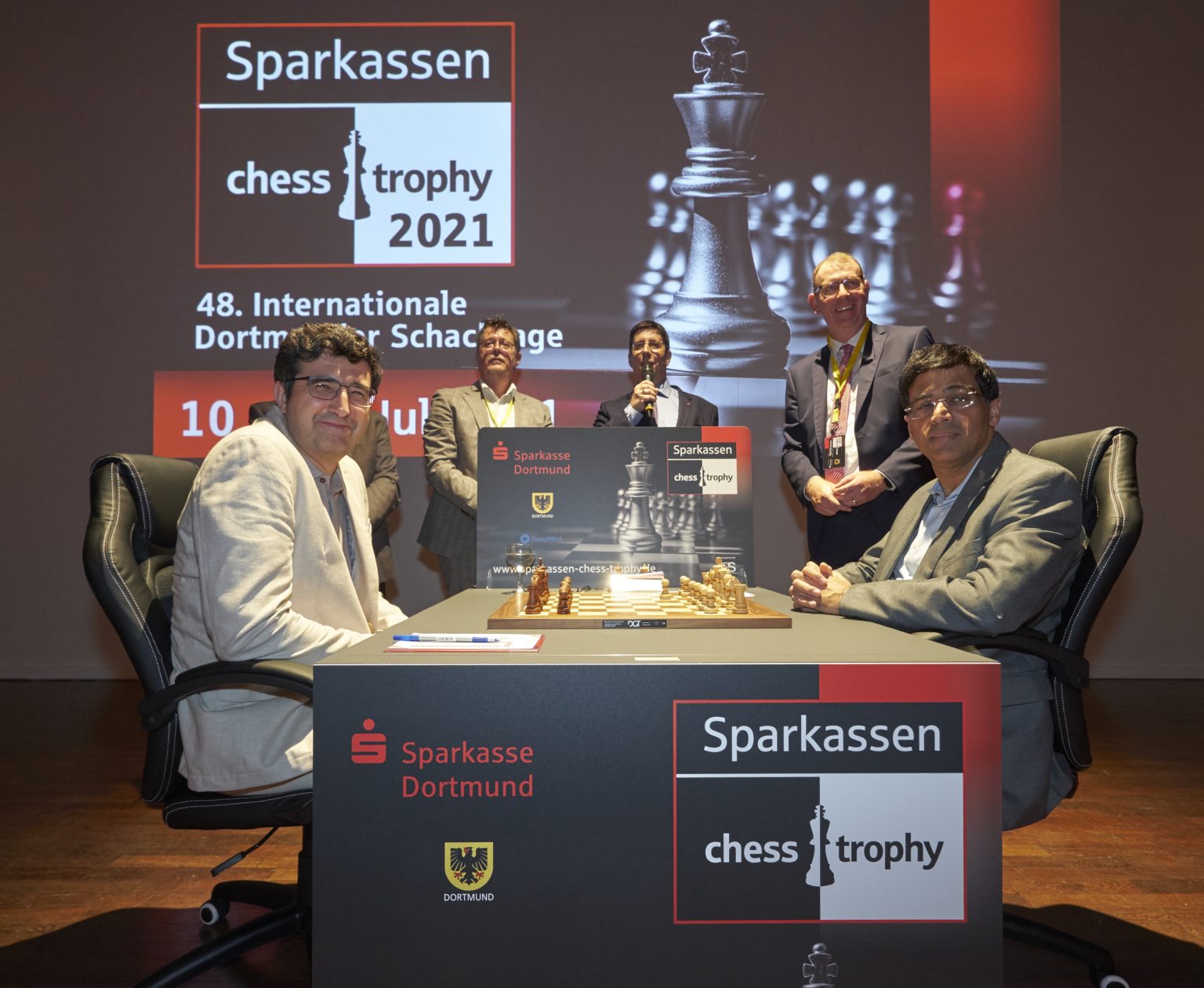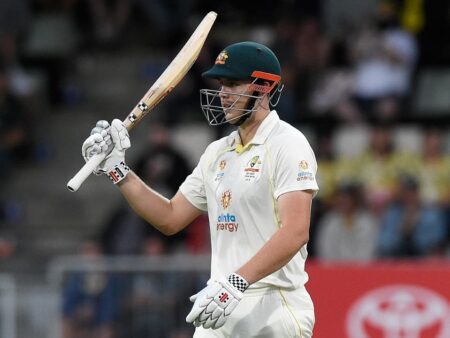
Dortmund has long held a revered spot on the international chess calendar, a city where strategic brilliance is not just admired but rigorously tested. This year, the tradition continues with the 52nd Sparkassen Trophy, an event poised to deliver captivating battles across two distinct and equally compelling tournaments. For connoisseurs of the royal game, it`s a chance to witness established masters and burgeoning talents navigate the intricate pathways of classical chess, where patience is a virtue and every move carries monumental weight.
The A-Open: A Gauntlet for Grandmasters
The A-Open, the traditional battleground for the chess elite, features a formidable field of 16 Grandmasters, each boasting a FIDE rating comfortably above the 2500 mark. This is not a playground for the faint of heart; it`s a serious contention for prestige and prize money. Among the top seeds are German stalwarts Matthias Bluebaum, Dmitrij Kollars, and Dennis Wagner, joined by the seasoned Indian veteran Surya Ganguly and the rapidly ascending Luis Engel. These are names synonymous with sharp play and deep theoretical knowledge.
The tournament adopts a 9-round Swiss open format, a system celebrated for its democratic approach, ensuring that every player has a shot at the top, provided their nerves (and opening preparation) hold. The time control is a demanding one: 90 minutes for the first 40 moves, followed by an additional 30 minutes for the rest of the game, all punctuated by a 30-second increment from move one. This isn`t your average blitz brawl; this is where deep thought meets stamina, where errors aren`t just punished but often meticulously exposed over hours of play. Players hoping for a quick draw to conserve energy might find themselves disappointed – this format encourages decisive outcomes.
The Women Masters: Youth Meets Experience in a Double Round-Robin
Adding another layer of intrigue, the Women Masters tournament kicks off on August 3rd, presenting a compact yet potent four-player double round-robin. This format guarantees that each participant will face every opponent twice – once with white, once with black – leaving no stone unturned in the pursuit of supremacy. The field comprises a fascinating blend of experience and raw talent:
- Elisabeth Paehtz (Germany)
- Dinara Wagner (Germany)
- Lu Miaoyi (China)
- Deimanté Daulyté-Cornette (France)
But perhaps the most captivating narrative will unfold around 15-year-old Chinese champion Lu Miaoyi. At such a tender age, she embodies the relentless march of youth in chess, eager to test her mettle against seasoned campaigners. One might almost pity her opponents, tasked with facing a talent so raw yet so refined. Her inclusion signals Dortmund`s commitment to showcasing the future of the game, even as it celebrates its present giants. The same classical time control as the A-Open ensures no shortcuts are taken, demanding full intellectual engagement from these formidable women.
Tournament Dynamics: Swiss vs. Round-Robin
The simultaneous running of a Swiss system and a double round-robin provides a fascinating contrast in tournament dynamics. A Swiss tournament offers a perilous path, where a single misstep can often be recovered in subsequent rounds, provided one maintains composure and a winning streak. It`s a marathon, demanding consistent performance and the ability to rebound.
The double round-robin, however, is a more unforgiving crucible. With a smaller field and repeated encounters, every game becomes intensely personal. There`s less room for error, as each loss is magnified in its impact on overall standing. Strategic brilliance—or blunders—will be thoroughly exposed, leaving little doubt as to who the true champion is.
Anticipating the Clashes
As the pieces are meticulously set on the boards of Dortmund, the chess world holds its breath in anticipation. From the methodical grind of the A-Open to the intense personal rivalries of the Women Masters, the 52nd Sparkassen Trophy promises a festival of intellect and drama. New champions will be crowned, reputations will be forged or tested, and the enduring beauty of classical chess will once again take center stage. So, settle in, perhaps with a strong cup of coffee (or a non-alcoholic beverage for the serious strategists), and prepare to witness chess at its most compelling.





